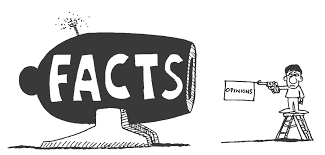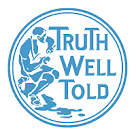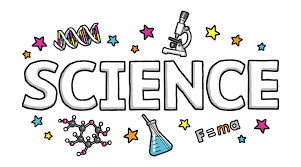Fact vs. Proof.
After a couple, two, tree(sic) years in advertising, marketing and branding I tethered my career to a single word I believe to be the bedrock of good selling: proof. Today we are awash in facts. And data. And sadly, fake facts and misrepresented data. Prior to the new political environment, a huge contributor to this blight was and continues to be the internet – where you can say just about anything and get away with it.
As someone who grew up in an advertising world where TV stations asked for storyboards to be sent to “Standards and Practices” for verification, truth actually reigned. Not today. People can say anything, so long as they appear to have conviction.
Today, facts are malleable. But Proof isn’t. When I started pontificating about proof years ago it was because I felt it to be a competitive advantage to actually say something then give people a reason to believe it. “Reason to believe” is a fairly common creative brief heading. Most advertising and marketing these days is claim-heavy and proof-light. So, the logic went, if I can dial up proof in branding — in demonstrations of a brand claim (e.g., Coke is refreshment) — I can get greater ballast in consumers’ minds.
It’s not enough to find a fact and publicize it. “Geico can save you 15% on your insurance.” You have to prove it. Proof makes the branding world go ‘round. It also injects science into marketing. The brain requires proof. Brands require poof.
For examples of proof from within your business category write Steve@WhatsTheIdea.com
McPeace.





